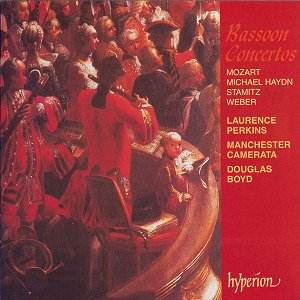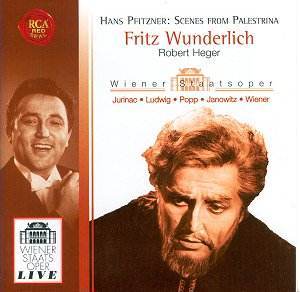 Composer: Alexander Moyzes
Composer: Alexander Moyzes
Works: Symphony No. 9 (1970), Symphony No. 10 (1978)
Performers: Slovak Radio Symphony Orchestra, Ladislav Slovák
Recording: 26-30 June 1995, 7-11 February 1994, Concert Hall, Slovak Radio, Bratislava
Label: Marco Polo 8.225092
The symphonic oeuvre of Alexander Moyzes, a pivotal figure in Slovak classical music, reflects a complex evolution over his lifetime, particularly evident in the Ninth and Tenth Symphonies. Composed in the context of a politically charged Eastern Europe, Moyzes’ music often grapples with themes of disillusionment and introspection, fusing traditional forms with modernist sensibilities. The Ninth, completed in 1970, marks a transitional phase in his style, while the Tenth, written in 1978, showcases a more mature synthesis of influences ranging from Brahms to Bartók.
The interpretation of these symphonies by the Slovak Radio Symphony Orchestra under Ladislav Slovák is marked by a keen understanding of Moyzes’ idiom. The Ninth Symphony opens with a vigorous Allegro con brio, where the interplay between the brass and strings reveals a vibrant orchestral palette. The horns and trombones emerge as particularly striking, their exultant passages capturing a sense of urgency and fervor reminiscent of Shostakovich’s own works. The solo violin, haunting and expressive in character, serves as a focal point in the third movement, echoing the composer’s themes of sorrow and disillusionment. This movement culminates in a tempestuous crescendo that, while perhaps politically motivated, resonates with emotional weight, making it a poignant moment within the symphonic structure.
In contrast, the Tenth Symphony presents a discernibly different emotional landscape. Slated in four movements, it dissects influences from the classical canon, skillfully weaving elements of Brahms and Kodály with a modern sensibility. The Larghetto features a sublime, vibrato-less solo for the French horn, which, while evocative of Tchaikovsky’s Fifth, lacks thematic breadth but compensates with its lyrical simplicity. The orchestration throughout is meticulously crafted; the piano pizzicato at the outset of the second movement of the Ninth is rendered with clarity, showcasing the high production values of the recording. Indeed, the engineering quality of this release from Marco Polo allows for a detailed listening experience, capturing the nuances of the Slovak Radio Concert Hall.
Comparison with other recordings of Moyzes’ symphonies reveals that Slovák’s interpretations stand out for their clarity and conviction. Previous renditions may have leaned towards a heavier orchestral texture, whereas this performance favors a more diaphanous approach, revealing the intricate interplay of instrumental voices. Such choices illuminate Moyzes’ voice, allowing the listener to engage with the subtleties of his harmonic language and thematic development.
The fifth installment in the ongoing series dedicated to Moyzes’ symphonic works, this recording is not merely a collection of performances but a testament to the composer’s enduring legacy. It invites listeners into a world where disillusionment and beauty coexist, challenging the boundaries of the symphonic form. The Slovak Radio Symphony Orchestra, through its nuanced interpretation, coupled with the impeccable recording quality, provides an enriching experience that underscores Moyzes’ importance in the orchestral repertoire. This is a compelling addition for both the casual listener and the serious scholar alike, affirming the relevance of Moyzes’ symphonies in the broader narrative of 20th-century music.



